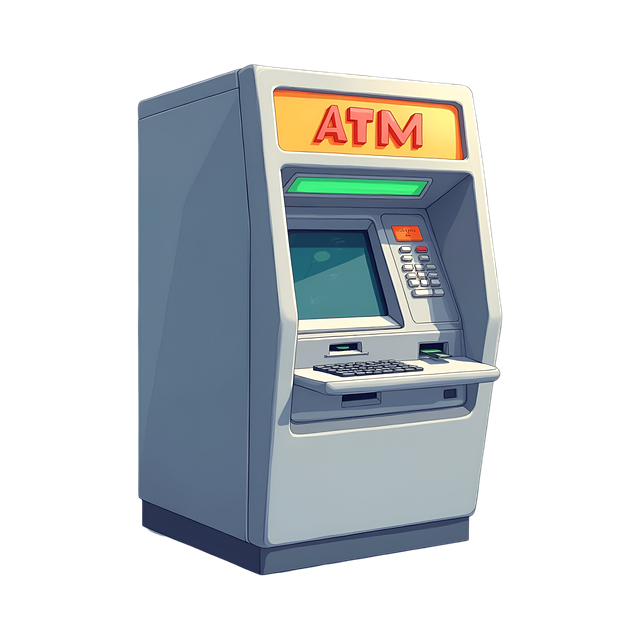Coding Crypto Trading Bots: The Future of Automated Trading in 2024
In the rapidly evolving landscape of digital assets, the demand for sophisticated trading tools is at an all-time high. Crypto trading bots are emerging as essential tools for traders looking to automate their trading strategies and capitalize on market opportunities. This article delves into the nuances of coding a crypto trading bot, analyzes its implications, and provides guidance on how to leverage these innovative technologies effectively.

Understanding Crypto Trading Bots
Crypto trading bots are automated software programs designed to facilitate trading in cryptocurrency markets. They perform actions on behalf of traders, executing orders based on predefined parameters and algorithms. As this technology continues to advance, bot functionality has expanded, allowing for more complex strategies and real-time adaptations to market conditions.
Key Features of Crypto Trading Bots
- Automation: Bots automate trading processes, minimizing the need for manual intervention.
- Backtesting Capabilities: Traders can test strategies against historical data to gauge potential performance.
- High-frequency Trading: Bots can execute trades in milliseconds, leveraging volatility for profit.
- 24/7 Operation: Bots monitor markets continuously, seizing opportunities in real-time.
The Basics of Coding a Crypto Trading Bot
Coding a crypto trading bot requires a solid understanding of programming concepts, trading strategies, and market behavior. Below are the fundamental steps involved in creating your own trading bot.
1. Define Your Trading Strategy
Before coding, it's crucial to determine the trading strategy the bot will implement. This could involve technical analysis, signal processing, arbitrage opportunities, or a combination of these methodologies. Having a clear strategy is vital—without it, the bot is simply executing random trades.
2. Choose a Programming Language
The most popular languages for coding trading bots include Python and JavaScript. Python, in particular, offers simplicity and plenty of libraries for financial analysis, such as NumPy and pandas.
3. Select a Crypto Exchange API
To interact with cryptocurrency markets, you’ll need to integrate your bot with an exchange through its Application Programming Interface (API). Most major exchanges, like Binance and Coinbase, provide comprehensive documentation for developers.
4. Program Your Bot
Begin coding the trading bot according to your defined strategy. Implement features such as market monitoring, order execution, and risk management protocols. Incorporate error handling to manage API interruptions and market volatility effectively.
5. Run Backtests
Once coded, conduct backtests using historical data to evaluate the bot’s performance under various market conditions. Adjust parameters and refine your strategy based on these tests until you achieve satisfactory results.
6. Launch, Monitor, and Optimize
After deployment, continuously monitor the bot's performance to identify any weaknesses or areas of improvement. Optimization may include tweaking parameters, modifying strategies, or updating algorithms based on market trends.
Navigating the Regulatory Landscape
Before diving into automated trading, one must also consider the legal implications of utilizing trading bots. Following the regulatory framework is essential to avoid potential violations and legal ramifications. Staying informed about local laws surrounding cryptocurrency trading is crucial for any trader wishing to develop and deploy bots.
Can You Day Trade Crypto on Robinhood? A Comprehensive Guide
If you are wondering about more accessible options for trading cryptocurrencies, you might find interest in Can You Day Trade Crypto on Robinhood? A Comprehensive Guide. This resource details the interface Robinhood offers for crypto trading, emphasizing its user-friendly nature for beginners. Despite its prominence, the guide highlights limitations such as fees and the lack of advanced trading options.

AI Trading Platforms: The Future of Investment
The integration of artificial intelligence in trading platforms is marked by growing interest and adoption. AI Trading Platforms: The Future of Investment discusses how AI-driven platforms can analyze vast quantities of data more effectively than human traders, making predictions about price movements and market trends. This article emphasizes the potential for minimizing risks while maximizing returns, but it also cautions about their reliance on data quality.
Best Crypto Trading Signals: Your Comprehensive Guide to Smarter Trading
Trading signals are another avenue traders can explore. Best Crypto Trading Signals: Your Comprehensive Guide to Smarter Trading offers valuable insights into how traders can utilize signals effectively. Whether generated by technical analysis or expert insights, trading signals can enhance a trader's decision-making process, provided they are used wisely.
The Rise of Grid Bots: A New Era in Trading Automation
Grid bots have emerged as one of the most popular automated trading tools in 2024. The Rise of Grid Bots: A New Era in Trading Automation explores their unique capability to capitalize on market volatility. Grid bots work by placing buy and sell orders at predetermined intervals, allowing them to make profits in sideways markets. Understanding how to implement these bots can significantly benefit a trader's bottom line.

The Rise of Crypto Bots: Revolutionizing Trading in the Digital Age
With the increasing complexity of crypto trading, the necessity of effective tools cannot be overstated. The Rise of Crypto Bots: Revolutionizing Trading in the Digital Age highlights the transformative impact that these trading bots have had on the market, underscoring their advantages in executing strategies with precision and speed. The article also recognizes the corresponding risks, emphasizing the importance of understanding how these bots function before deploying them in real-time trades.
Decoding Bitcoin Signals: Understanding the Trends and Strategies
Finally, for those primarily focused on Bitcoin trading, Decoding Bitcoin Signals: Understanding the Trends and Strategies serves as an essential resource. The guide delves into various signals and trends that impact Bitcoin prices while providing strategies for interpreting these trends effectively to inform trading decisions.
Conclusion: The Future of Crypto Trading
The year 2024 signifies a pivotal moment in the evolution of crypto trading, with automated solutions like trading bots becoming increasingly vital. As traders seek to optimize their investments and leverage technology, understanding how to code and implement these bots becomes more critical than ever. Adopting a thoughtful approach to automated trading, grounded in solid strategies and awareness of market dynamics, will pave the way for success in the digital finance landscape.
Whether you are just getting started with crypto trading or are a seasoned professional looking to refine your strategies, the resources and insights provided in this article aim to empower you on your trading journey. Embracing technology while maintaining a fundamental understanding of the market will be the key to thriving in this fast-paced environment.